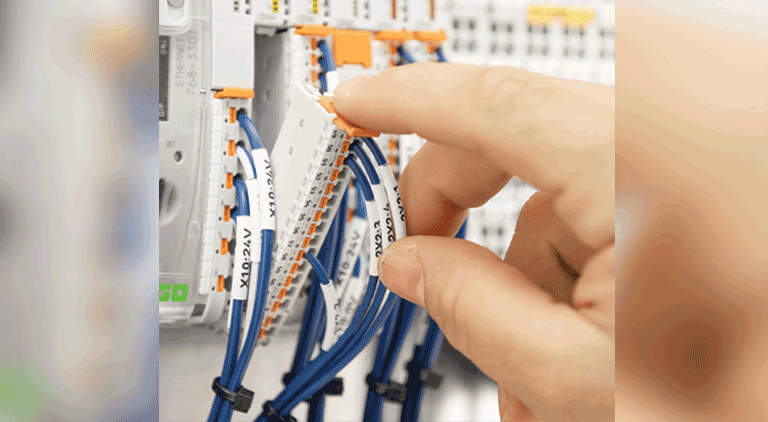Energy storage systems: Power around the clock
By EPR Magazine Editorial June 12, 2020 11:21 am IST
By EPR Magazine Editorial June 12, 2020 11:21 am IST

Batteries, power-to-gas and power-to-heat systems promote power supply independence, free up the power grid, and incorporate the mobility and heat sectors in climate protection — and all rely on WAGO controllers.
Storage systems capture excess energy and release it when necessary. This allows them to increase private consumption of solar energy by households and companies, to cap demanding current peaks and to supply operating reserves to compensate for short-term fluctuations on the grid. WAGO technology allows control of storage systems.
Home storage systems: Connect batteries quickly while minimising spaceLocal grid, large and industrial storage systems: Reducing peak loads
Local grid storage systems regulate the voltage in a low-voltage grid to a preset value. A clear rise in voltage is concerning, especially at lunchtime when photovoltaics are running at full speed. Using local network storage that takes in excess energy is an alternative to feeding it into the medium-voltage level and to expanding the local network. In the evening or when the sky is overcast, the stored energy can be fed back into the grid. Load peaks in the network can be reduced. In addition, the grid operator can provide system services through the storage system such as operating reserves to generate additional revenue.
Mass storage systems are primarily used for frequency regulation. Transmission grid operators can supply operating reserves. If the mains frequency within Europe’s integrated grid system spikes due to excess energy, the storage systems take in energy. If the frequency falls because too little energy is generated, the storage systems release energy.
Industrial storage units cover capacities from a few kilowatt hours to several megawatt hours. Industrial storage units are primarily used to stabilise networks and among other purposes, are used in virtual networks to cap load peaks, i.e., “peak shaving,” for load management and for combination with volatile generators, such as wind turbines and controllable consumers. They are also used as sources for electric filling stations, where solar energy can be obtained around the clock.
WAGO technology is used for safe, space-saving storage unit connection. Our telecontrollers are applied as gateways for access to the energy network. Various sensors on the field level can connect to the Internet via these gateways and make their data accessible on the cloud. These are the advantages of WAGO controllers as a central element of measurement and control technology:
Power-to-X: Safely converting electricity to heat and gas
If power is stored not only for short, but over longer periods, power-to-heat and power-to-gas systems are available. They convert excess power to heat and into storable hydrogen and methane. These products can be stored in the existing natural gas network that supplies heating systems, power stations, and gas stations. Power-to-heat is ideal for use in applications generating high amounts of heat, e.g., district heating grids. Power-to-gas systems and electrolysers also work if a dense network of hydrogen filling stations is planned in a region or reliable access to the natural gas network is available. Advantages of WAGO’s telecontrol solution are:
We use cookies to personalize your experience. By continuing to visit this website you agree to our Terms & Conditions, Privacy Policy and Cookie Policy.